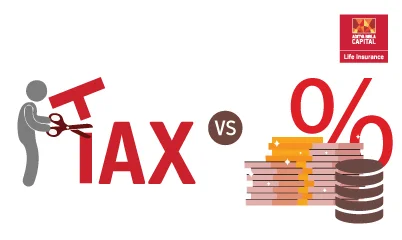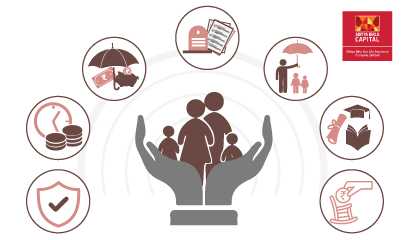How to Check Income Tax Refund Status


Get Guaranteed Returns After a Month^
Unlock the Power of Smart Investment!


-
 Table of Contents
Table of Contents
What is a Tax Refund On Income?
Refund Eligibility for ITRs
How Should I Proceed If My Refund Is Not Processed?
What Could Be The Cause Of The Delayed Income Tax Refund?
Check the Status of an Income Tax Return Step by Step
When Can Taxpayers File a Refund Claim?
Conclusion
Frequently Asked Questions
You have two options: file an amended return or submit a refund reissue request if the refund has already been authorised. Still, the incorrect information prevented it from being credited to your bank account.
• You might not have correctly filed the returns.
• The amount of the return you requested does not match the tax that the IT department calculated.
• Your returns have not been e-verified.
• Your bank information is wrong.
For further information, see "Meanings of every Income Tax Refund Status." Another possibility is that the IT division may experience a delay. For instance, a software update for FY21-22 caused a delay in processing returns.
About Author
ABSLI DigiShield Plan
for Salaried Individuals¹
-
Disclaimer
ABSLI Salaried Term Plan (UIN:109N141V01) is a non-linked non-participating individual pure risk premium life insurance plan; upon Policyholder’s selection of Plan Option 2 (Life Cover with ROP) this product shall be a non-linked non-participating individual savings life insurance plan.
1LI Age 21, Male, Non Smoker, Option 1: Life Cover, PPT: Regular Pay, SA: ₹ 1 Cr., PT: 10 years, Premium paying term: 10 years, Annual Premium: ₹ 5900/- ( which is ₹ 491.66/month) Premium exclusive of GST. On death, 1 Cr SA is paid and the policy terminates.
ADV/9/22-23/1438
Subscribe to our Newsletter
Get the latest product updates, company news, and special offers delivered right to your inbox
Thank you for Subscribing
Stay connected for tips on insurance and investments

 Home Loans
Home Loans
 Personal
Loans
Personal
Loans
 SME Loans
SME Loans
 Business Loans - Udyog
Plus
Business Loans - Udyog
Plus
 Loan against Securities
Loan against Securities
 Mutual Funds
Mutual Funds
 Stock and
Securities
Stock and
Securities
 Portfolio
Management Services
Portfolio
Management Services
 Pension Funds
Pension Funds
 Life
Insurance
Life
Insurance
 Health
Insurance
Health
Insurance
 Wellness
Solutions
Wellness
Solutions
 Pay Bills
Pay Bills
 Pay anyone
Pay anyone
 Pay on call
Pay on call
 Payment
Lounge
Payment
Lounge
 ABC Credit
Cards
ABC Credit
Cards

 1800-270-7000
1800-270-7000









